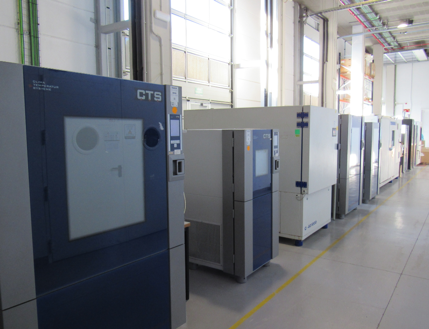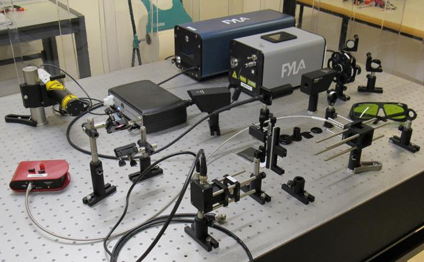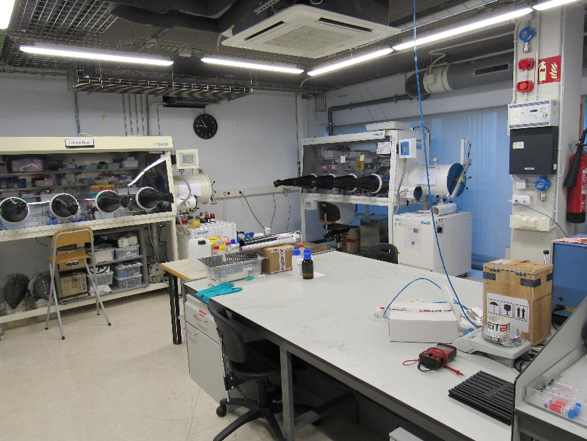


Service Description
PM&VL4 will provide a wide spectrum of modelling, characterization, testing and validation tools to advanced windows makers and an accurate service of design and consultancy to evaluate the impact of glazing elements on the overall occupants’ comfort and energy performance of a building. Glazing thermo-optical properties have indeed the largest influence on the total ideal energy demand of a large percentage of buildings located at different climate zones. High energy savings are achievable by adapting the transparent part of the building envelope alone, the largest component being the cooling energy demand. Innovative dynamic glazing (as well as those based on electrochromic glazing, thermochromic glazing, phase-change materials, micro blinds and mirrors, micro fluidic technologies) will be able to address these issues and to overcome the most relevant limitations related to the integration of striking innovative technical solutions into existing glazed façades. Main general objectives of the PM&VL4 are:
To identify week points and providing customer-oriented solutions to improve the comfort to performances ratio of windows and glazed facades;
To define new design methods aimed at maximizing the performances of dynamic glazing (e g maximize daylight, regulate the solar gain, regulate the luminous transmittance) and minimizing the energy consumption (e g heating, cooling and lighting loads);
To implement innovative occupant centered control algorithms capable of quantifying and minimizing thermal actions;
To design innovative windows and glazing elements complying with national/international legislation framework standards and assess their impact in terms of energy and comfort criteria.
Features
With the increasing popularity of smart building concepts, smart glazing are experieencing a great market sucsess. Most of them have been available since a reletively short time and may still require signifcant investment to be validated before being installed in new (or existing ) building. Standardized procedures to characterize these systems are still not avaliable. This PM&VL offer to the manufacturers the possibility to asses and validate the performances of their systems and to compare them with those of other products alreadya available in the market. Main activities undertaken within the PM&VL4 framework are:
-
Energy Performance Assessment
-
Visual Comfort Assessment
-
Thermal Comfort Assessment
